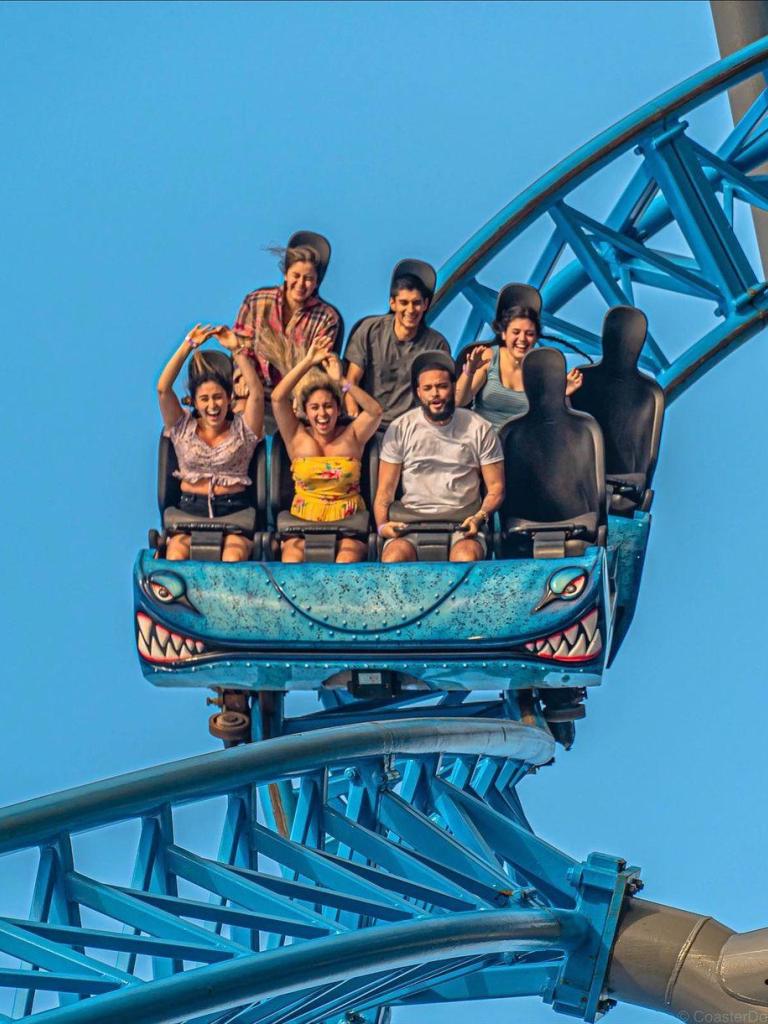
Enjoy your time at Pleasure Pier and point out the different aspects of physics interacting with the rides.
Finish the post-activity pages.
Use the Definition Bank to put the correct definition with the correct term. Write it in the Definition box. Then write 3 everyday examples you have experienced because of these terms.

Click to view full screen

Isaac Newton was born on December 25, 1642 in Woolsthorpe, England. He is extremely popular in the scientific and mathematical fields. He began his career studying light and came up with Newton’s Theory of Color. He then went on to study gravity and how it functions. While studying gravity he also created Newton’s Laws of Motion, which are now the basis of the physics that we study today. He is often pictured with an apple in his hand because it is said that he began studying gravity because he noticed the way that apples fell out of their trees and he wondered what caused them to move towards the ground. His Laws of Motion inform the way forces and objects operate and their way they interact with each other. After a very successful and long career in the sciences,Newton died in London, England, on March 20, 1727.

An object that is sitting at rest will stay at rest, and an object that is in motion will stay in motion until a force acts upon it.

The greater the force the greater the *acceleration. The greater the mass, the greater the force needed to move the object. (F=ma)

For every action there is an equal and opposite reaction.

If there were a roller coaster on these tracks, where do you think it would experience friction that would slow it down the most?
A. Point A
B. Point B
C. Point C
If there were a roller coaster on these tracks, what forces do you think would be acting on the roller coaster cars?
A. Gravity
B. Friction
C. Friction & Gravity
Bonus: Use the next few lines to explain what you have learned about how gravity, different forces and friction affect a roller coaster. How are you able to recognize these forces on a day to day basis now?
Friction - a force that acts between two objects that are in contact with one another. It slows or stops movement between the two surfaces that are touching
Gravity - is the force by which a planet or other body draws objects toward its center. This force keeps all of the planets in orbit around the sun
Force - a push or a pull on an object. A force happens when two objects interact—that is, when one object does something to the other object.
Everyday examples will vary.
Newton's laws of motion example will also vary.
1. A
2. C